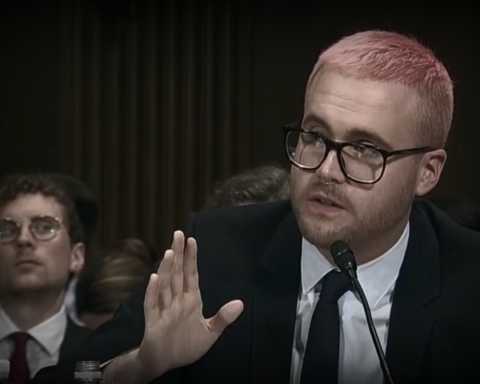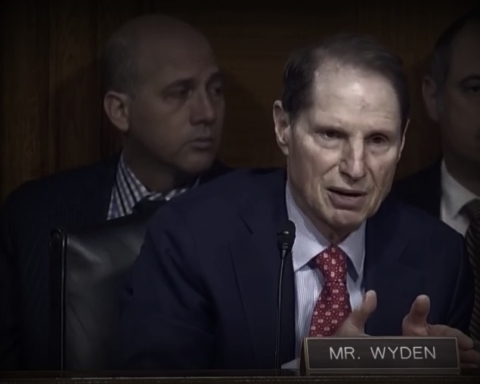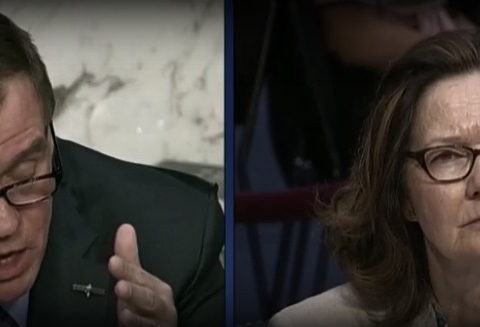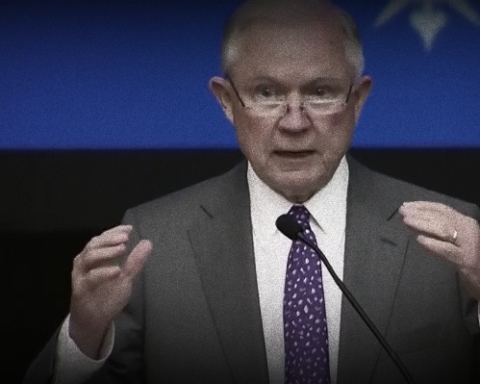President Obama is expected to quietly back off plans to roughly half the size of the US military contingency in Afghanistan by 2016.
A litany of problems besetting Afghan security forces are making the Commander-in-chief strongly consider an about-face.
The move would be at such odds with prior statements that “there might not be a public announcement on troop numbers to avoid potential criticism,” The New York Times reported.
“Many of the roughly 10,000 troops and thousands of civilian contractors in Afghanistan would be needed well into 2016,” the Times said in a dispatch from Washington, laden with quotes from anonymous officials.
Previously, the administration had planned to downsize the force to 5,600 by the new year. In January, President Obama heralded what he described as the end of “our combat mission in Afghanistan,” while saying “America’s longest war has come to a responsible and honorable end.”
But any decision to depart from the partial withdrawal–despite prior boasting by the White House–would not greatly differentiate from the Obama administration’s policies in recent months. Since October, US forces have subtly upped kinetic efforts—what one former Afghan official described as a war being waged “all in the shadows now.” In that fight, American commanders have allowed attacks on a wide range of targets. Subjects of pursuit include those, according to another Times story, who have “in the past been associated with attacks or attempted attacks on American forces” since the war started, and insurgents who “pose an immediate threat to coalition troops or are plotting attacks against them.” The revised target list could prove lengthy and constantly expanding in a country that has been at war for nearly 14 years, and could prod the US away from its stated train and assist mission toward a more open combat role–again.
A laundry list of troubles burdening Afghan police outfits and military units–those the US have promised to train–are at the heart of this silent shift in policy. In a succinct report on their woes, Lt. Col. Joseph Anderson, leader of the now-defunct International Security Assistance Force, said in November that Afghan security forces were suffering fatal casualties at an “unsustainable rate”–roughly 4,500 annually in both 2013 and 2014.
So troubling are the problems facing the Afghan defense establishment amid this time of uncertainty about the role of the US, the Department of Defense, early this year, reclassified annually-gathered information about Afghan force readiness.
“I have directed that sensitive operational information or related materials, that could be used by those who threaten the force or Afghan forces, be classified at an appropriate level,” Gen. Campbell told the Special Inspector General for Afghanistan Reconstruction (SIGAR).
Although much of that decision was reversed a few weeks ago, the Pentagon is still keeping secret information on “corps-level Afghan National Security Forces (ANSF) personnel strength data,” and other data that could reveal Afghan weaknesses informing calls for more secretive US operations.
Compounding the problem is the fact that the entire war-torn country appears on the verge of collapse. A Gallup poll released in December showed that more than six in ten Afghans consider themselves to be “suffering”–a proportion up from 23 percent in 2010, and the highest level of aggregate national misery in any country gauged by the polling and research firm since it launched the study in 2005.
The widespread problems have led to some cautioning about an even greater US commitment. SIGAR warned at the start the year that the current American assistance could mean that Afghanistan “will be a client state for years to come.” Rep. Walter Jones (R-N.C.), a dovish conservative, cited the inspector general’s reports when berating the Pentagon chief at a hearing this week, wondering whether or not we’re engaged in a never-ending conflict that will almost certainly have only one result.
“How in the world can we continue to spend millions and billions of dollars in a country that we have very little accountability?” he asked Defense Secretary Ash Carter. “We will continue to put money down the rat hole and never say that its time to stop putting money down the rat hole.”
But Afghanistan’s calamities are reason, for some, to move away from disengagement—a decision that could very well be made soon, if The New York Times is correct. White House Press Secretary Josh Earnest said Thursday that the situation in Afghanistan is being “constantly” weighed against US strategy and that a call has not yet been made. But the Times noted that “the decision was all but made.”
More should be publicly known next week, after a meeting between President Obama and Afghan President Ashraf Ghani–a man more warm to US involvement than his predecessor. There will likely be more clarity about the size and nature of US involvement, even if there is no official press conference revealing details of the plans.






